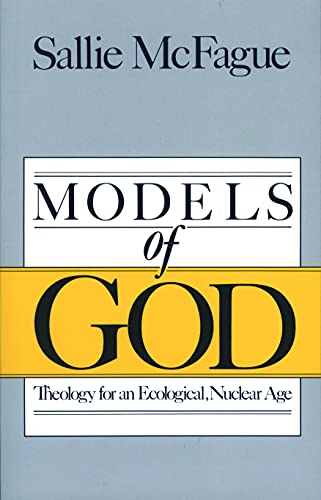The Purification Offering in the Priestly Literature: Its Meaning and function
Written by N. Kiuchi Reviewed By Philip JensonIf a poll were taken of the least-read parts of the OT, it would likely have been high on the list of laws of Israel’s worship recorded in the books of Exodus, Leviticus and Numbers. The institutions are described in forbidding detail, many of the concepts are difficult, and the rituals are foreign to our experience. Critical scholars have generally assigned this material to the priestly school (P), but have not had great success in elucidating its theology and meaning. Added to this is a long history of Protestant suspicion that here, if anywhere, we have law and not gospel.
But the foundational character of the Pentateuch in the Hebrew Bible should make us think again. The priestly traditions have recently been subject to a number of fine studies by American Jews (Milgrom, Levine), German Protestants (Rendtorff, Janowski) and British anthropologists (Mary Douglas, Douglas Davies). Readers of Themelios will also know the fine commentary on Leviticus by Gordon Wenham, which assimilates much of the best of the recent research. Kiuchi is a Japanese evangelical who completed his doctrinal dissertation under Wenham’s direction and is now in Japan teaching at Tokyo Christian Theological Seminary. This book is based on his thesis and makes a welcome contribution to the international debate on the meaning of the priestly cultic texts.
Kiuchi’s central concern is to investigate the meaning of one of the most important types of sacrifice in the priestly literature, the hattat. This is normally translated sin offering, but Kiuchi follows Milgrom and others (correctly in my view) in translating it as purification offering. Along the way Kiuchi discusses the meaning of atonement (Hebrew kipper), the nature of uncleanness, the role of the priests, and the interpretation of the Day of Atonement (Lv. 16). The book is the result of wide reading in several languages, and makes frequent reference to the Hebrew. I found especially valuable his critical interaction with studies by Milgrom and Janowski. The number of disputed points show clearly that there is a long way to go in understanding this difficult section of the Hebrew Bible.
The result of Kiuchi’s detailed investigation is a synthesis of striking originality. Against Milgrom, Kiuchi concludes that the hattat purifies people as well as the sanctuary. The priests have a vital role in the sacrificial procedure, not merely being agents of purification, but also bearing the guilt of the people. Atonement includes both these aspects of hattat ritual, and the manipulation of the blood of the sacrificed animal symbolizes the substitutionary death of the animal.
Kiuchi connects the hattath ritual in Leviticus 4 very closely to the ritual on the Day of Atonement (Lv. 16). Leviticus 4 contains several accounts of hattat rituals, but only in the first case (for the anointed priest, Lv. 4:1–2) is there no mention of atonement and forgiveness. Kiuchi suggests that this is because there is no one who can bear the high priest’s guilt, but that this lack is made good on the Day of Atonement. The two goats offered on this occasion comprise one hettat, and the explusion of the scapegoat is equivalent to the burning of the hettat outside the camp, symbolizing the removal of guilt.
The thesis is supported by detailed argument, but it depends upon a specific interpretation of a number of disputed texts and concepts. Many would hestitate to fit the varied material into a tight overall framework, and Kiuchi often needs to argue for the unity and coherence of a priestly text (e.g. Lv. 16). But even apart from the literary-critical questions, there is a weakness in Kiuchi’s discussion which may be crucial. Kiuchi pays little attention to the considerable debate by anthropologists and theologians about the nature of sacrifice, ritual and religious language. For example, he finds that ‘death’ is the common theme to both sin and uncleanness, but it is doubtful whether this is the sole key to the complexities. I would have been interested in his response to Mary Douglas’ very different perspective on impurity. Similarly, substitution is a term with overtones of later theological discussion, and it is uncertain whether it brings us to the heart of the dominant concerns of the priestly writers. But what is certain is that Kiuchi’s arguments will need to be taken into account in the further discussion of these issues.
Philip Jenson
Trinity College, Bristol







